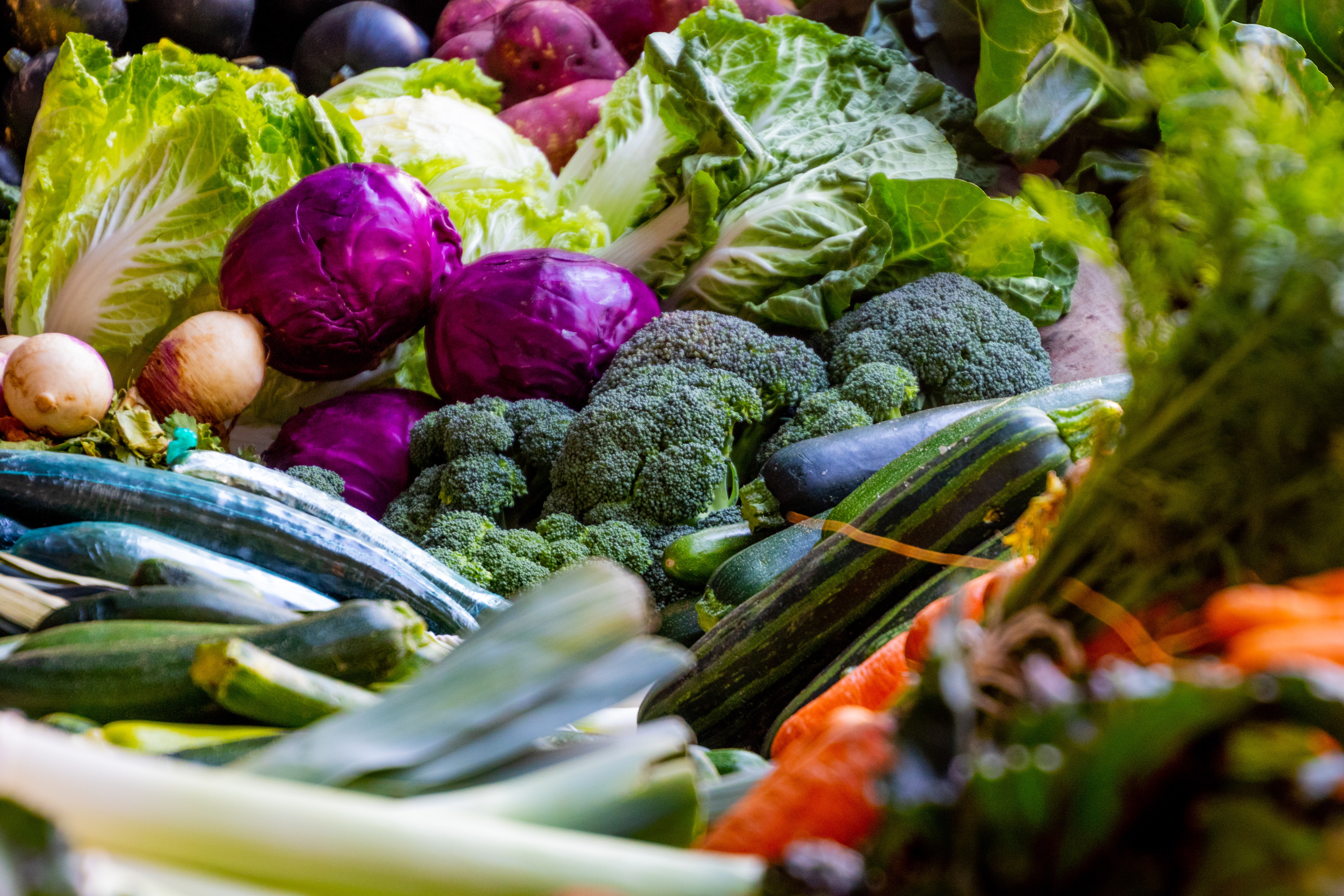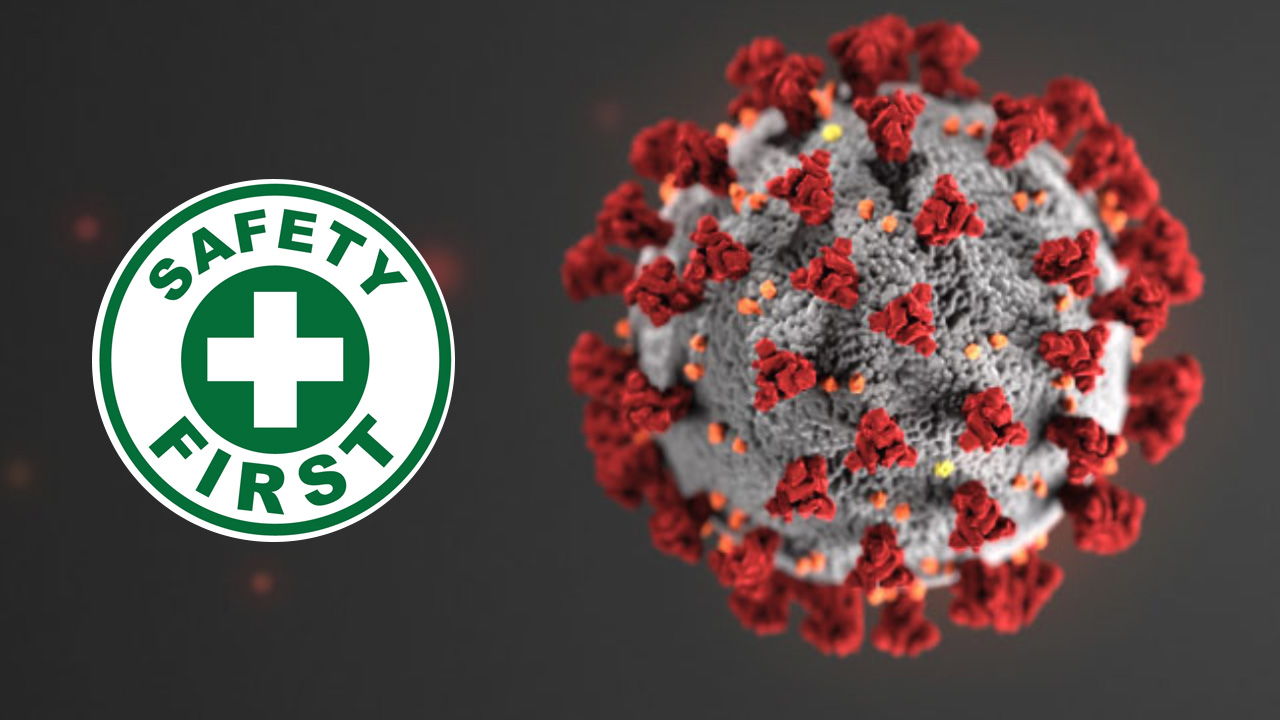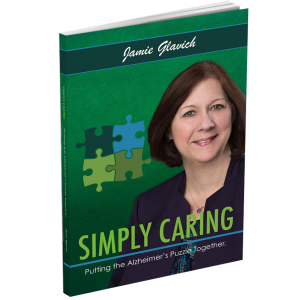Not only can we find cholesterol in our food, we can find it in every cell in our body and it is made in the liver. Cholesterol is a clingy, waxy, fat-like lipid substance that is shuttled from our liver to our bloodstream with other fat molecules. Cholesterol works to regulate hormones, process vitamin D, and helps to digest fats.
Can I Eat Too Much?
Can you get too much cholesterol from your diet? The answer is yes! Foods that contain cholesterol include eggs, cheese, butter, milk, meat (red meat), and fish. Pork, beef, butter, creams, and cheese have a higher content of saturated fats. Indulging on these items too frequently can increase your risk for cardiovascular disease.
How To Make the Bad Cholesterol Good?
Foods that you can eat to decrease your cholesterol include foods that are low in saturated fat and high in soluble fiber. Examples include:
- Soluble fiber: nuts, seeds, legumes
- Whole grains: oatmeal, barley, whole sprouted grains
- Whole soy products: Edamame, tempeh
The Complete Picture
While cholesterol numbers (total, LDL, HDL, and triglycerides) are the most common blood markers used for indicating risk of cardiac event, there are two other labs that, when used in conjunction with cholesterol numbers, present the most accurate understanding of cardiovascular health.
Homocysteine
Homocysteine is an amino acid that is produced in the body by other amino acids. Increased levels of homocysteine in the blood has been linked to thickening of arterial walls (atherosclerosis), age-related macular degeneration, and Alzheimer’s disease. While there are various reasons for increased levels of homocysteine, diets low in folate (think foliage, so leafy green veggies) and Vitamin B12 may increase homocysteine levels and, subsequently, risk for a cardiac event and other health concerns. Increasing leafy greens (e.g. bok choy, romaine, spinach, collards, and arugula) and supplementing with B12 can keep homocysteine levels in check!
C-Reactive Protein (CRP)
C-Reactive Protein (CRP) is another blood marker that can assist in understanding cardiovascular risk. CRP identifies inflammation and, while it typically doesn’t identify where the inflammation is located, it is capable of detecting even the slightest levels of inflammation in the body. If someone has atherosclerosis, a CRP blood test can pick up on the associated inflammation.
Bottom Line
If you have high cholesterol numbers, it may be worth asking your physician to test your CRP and Homocysteine levels as well. Together, you’ll be able to have a better idea of your cardiovascular risk. It’s important to know that 1/3rd of heart attacks occur with people that have cholesterols under 200 mg/dL, which is the standard cut off for high vascular risk. Consider working with a Registered Dietitian if you are interested in lowering cholesterol numbers, avoiding medications, and using food as a way to decrease cardiovascular risk. Improving heart health will improve brain health.
Co-written by Katie Wolf, graduate dietetic intern, and Heather Borders, Registered Dietitian with Kailo Nutrition.





